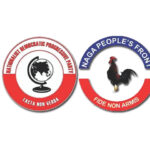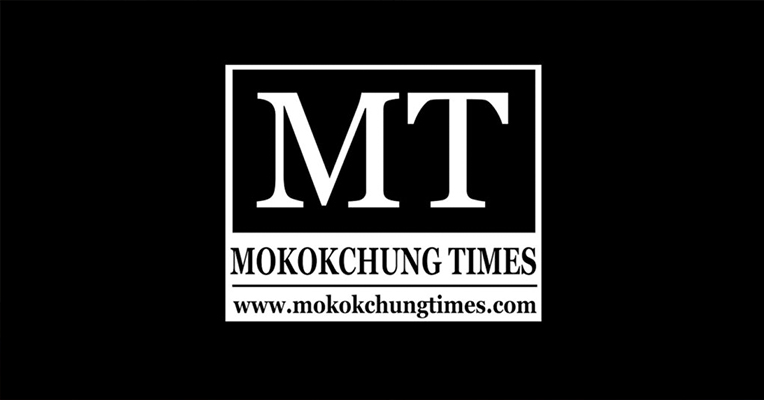Understanding that large and medium-scale industries have less potential for the state, Nagaland is directing its focus toward agro-based endeavors with honeybee production emerging as a pivotal contributor to the state’s revenue.
Nagaland’s honey, renowned for its unique flavor, stands at the forefront of beekeeping and honey missions in Northeast India, distinguished not only by its quality but also its quantity. This was a statement made last year by the Agriculture Production Commissioner (APC) and Mission Director, Nagaland Beekeeping & Honey Mission, Y Kikheto Sema, IAS.
Despite its impressive annual honeybee production of 440 metric tonnes, Khuvozoyi Sede, Deputy Team Leader of Nagaland Beekeeping & Honey Mission (NBHM), today, during an interaction with the press, revealed a shortfall in meeting the demands of both the national and international markets.

Sede underscored the urgency to boost production to a range of 500-600 metric tonnes to facilitate exports beyond the local market. Notably, in Nagaland, Zunheboto district leads in annual honeybee production, followed by Phek, Kohima, and Tuensang.
The Nagaland honey bee, Sede said, is being sold mostly in the local market while a small amount is being exported outside through TRIFED which has connections with the cosmopolitan outlet.
“We also send it to Nagaland emporiums in Kolkata, Delhi and Guwahati while some entrepreneurs also sell it outside Nagaland,” Sede said.
Acknowledging the substantial demand for Nagaland’s honey, both domestically and internationally, Sede points out the state’s struggle to meet these demands. Despite lacking scientific validation, he said, consumers tout Nagaland’s honey as unparalleled in flavor and as a remedy for various health issues.
Chubanungla Shilu, a Team member & Apiculture Officer at NBHM, attributed the unique taste of Nagaland’s honey to the organic farming practices rooted in the state’s rich biodiversity and vegetation.
However, despite its esteemed reputation, Nagaland’s honey production remains insufficient. In response, NBHM has innovatively introduced ‘Bee Tourism’ at the state’s largest festival – Hornbill Festival.
Obed Quinker, Chairman of NBHM, revealed plans to usher in tourists to a bee farm in Mima village, about 15-minute ride from Kisama village, offering visitors a firsthand experience of bee farming and honey extraction.
This exclusive initiative, set to be inaugurated on December 1st by Advisor to CM and Chairman of IDAN Abu Metha, includes the establishment of a ‘Honey Hub’ and showcasing a diverse array of honey products along the entirety of Kisama. Simultaneously, the 5th Nagaland Honey Bee Day, scheduled for December 5, anticipates the participation of prominent organizations such as NEC, NECTAR, TRIFED, among others, according to Sentiwapang Aier, Additional Secretary to the Chief Minister and Team Leader at NBHM.
Elaborating on the concept of Bee Tourism, the NBHM revealed that they have engaged approximately 20,000 to 30,000 beekeepers of Nagaland for the festival, although not all are officially registered. Acknowledging the vast community of 60,000-70,000 beekeepers in Nagaland, Sede laments the challenge of reaching all of them.
Despite the outreach limitations, the NBHM team expressed a keen interest in transforming this program into a platform to promote beekeepers and develop sustainable livelihoods. They shared their visionary plans to empower locals through entrepreneurial skills and outreach programs, slated to commence next year.


